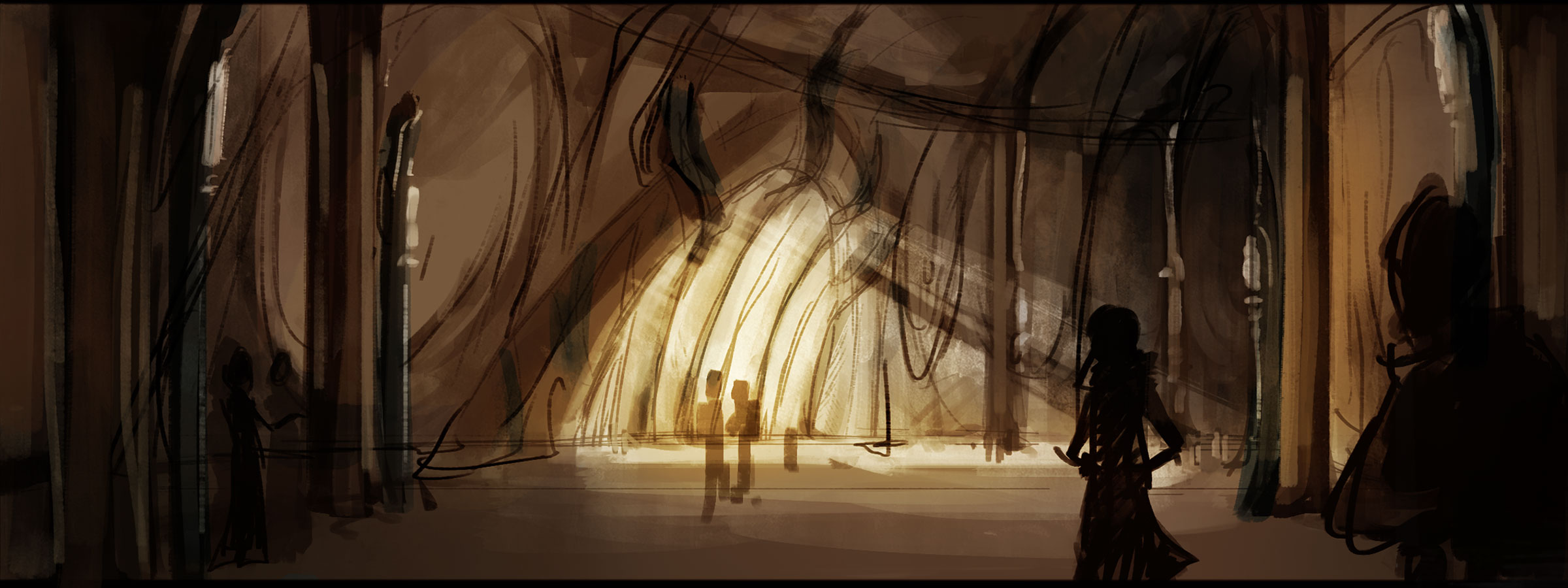


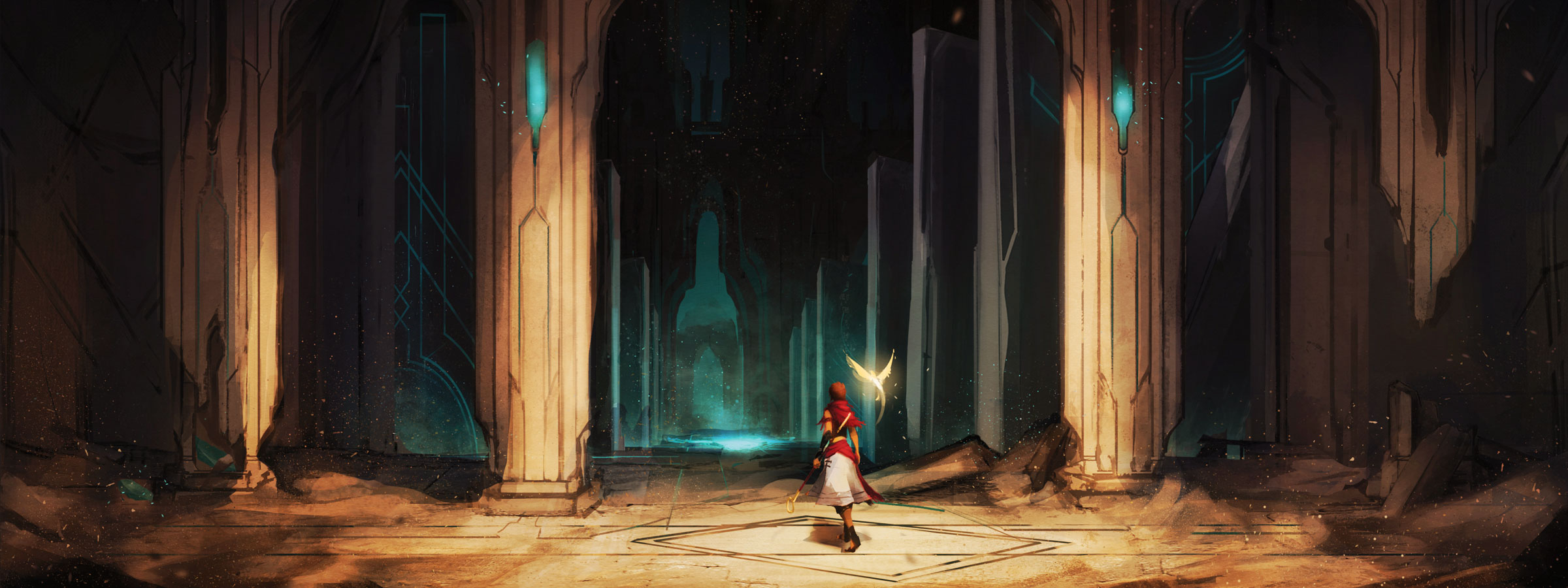

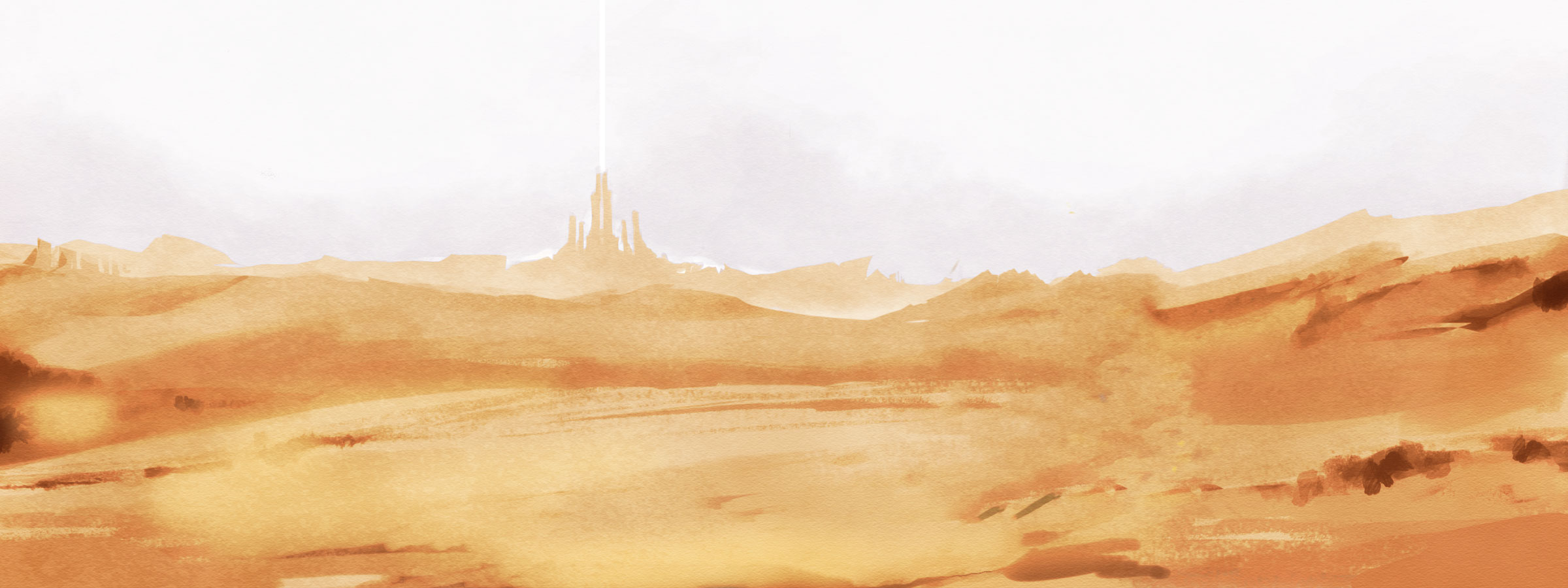
The spring is located on a decently sized island almost 100 miles across at its longest, with a few smaller islands nearby. All the islands are dry, desolate desert, with ancient ruins crumbling and half-buried in sand. The broken buildings and structures continue straight into the water and down to the ocean floor. There is no fresh water on the surface aside from what is left of the sacred spring.

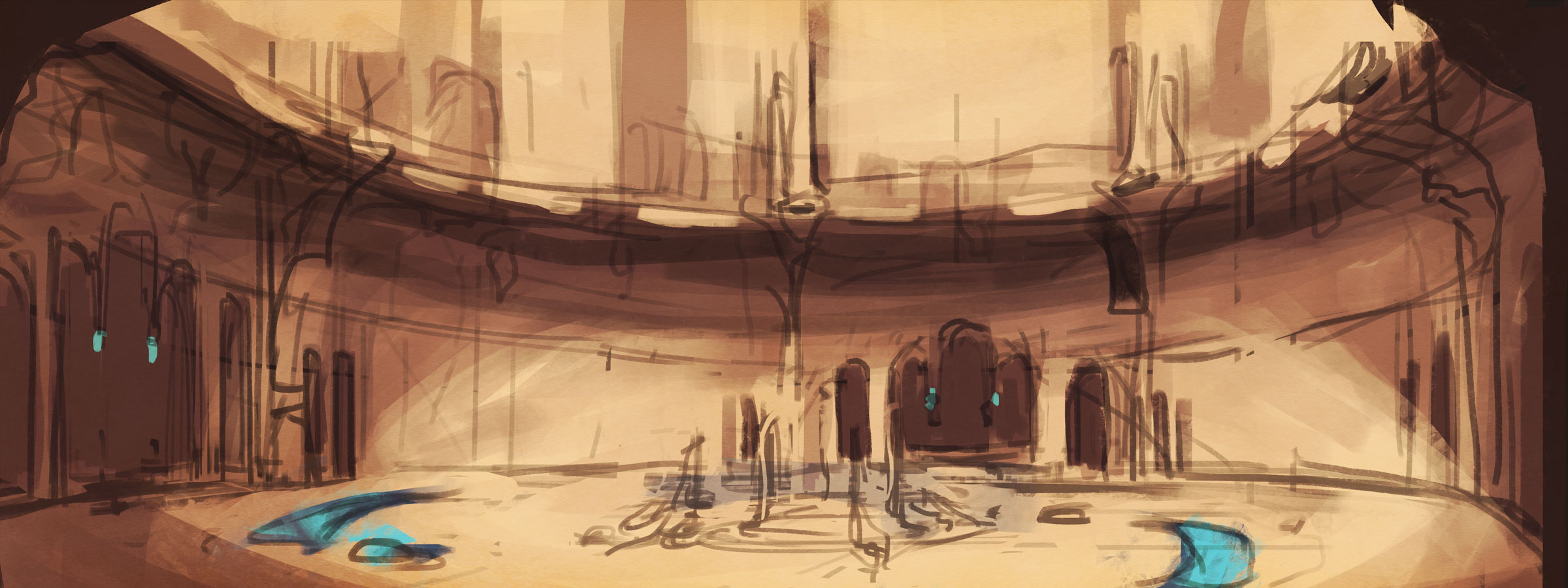
Lumerians had a non-theistic religion based in worshiping four concepts at the heart of their alchemy, which the Ardents still follow. The four basic tenets are:

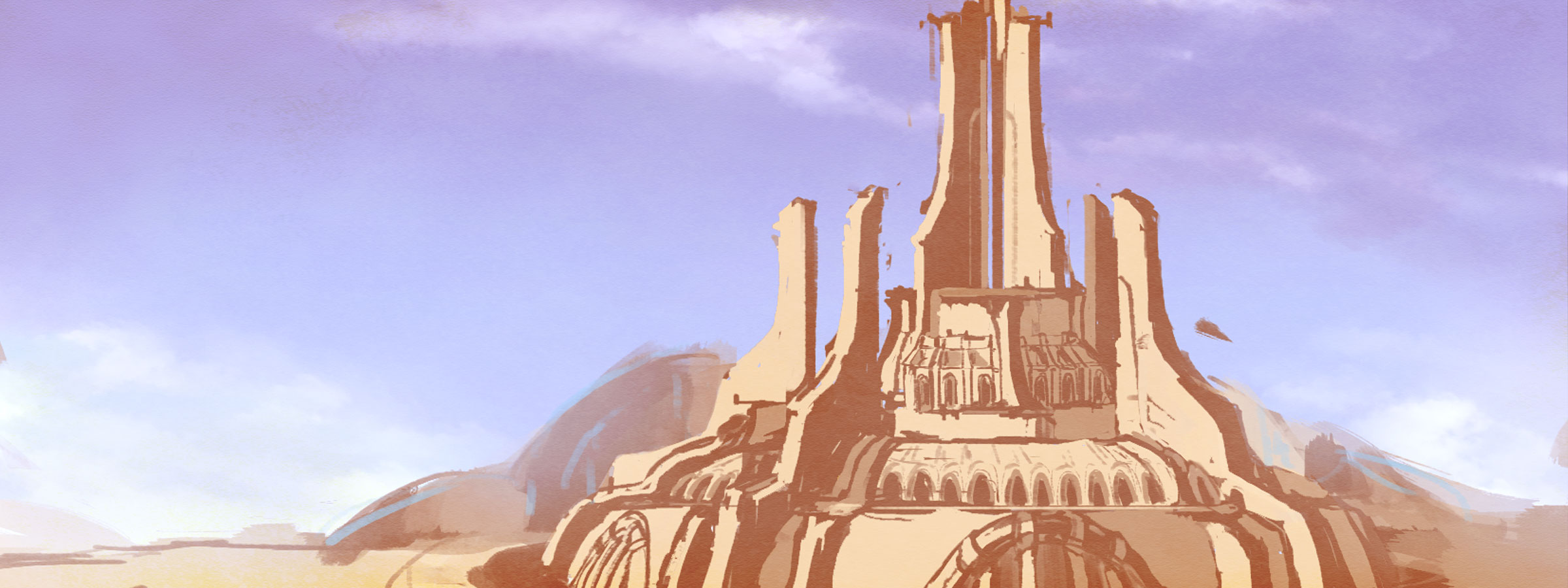
The Alchemy Well was an alchemical device which converted sunlight into magical energy. It was primarily made up of a citadel tower with prisms that focused the rays of the sun onto a magic globe situated underground, which then powered wards throughout the city through alchemical relations with the sun. Subterranean channels running deep under the area of the ancient city distributed the magical power. From a distance, it would have appeared as though there was a ray of sunlight rising upwards into the sky.
This system was called the Leypkwesdis Vaeld, or simply the Alchemy Well in the common tongue, as the native name is most often found unpronounceable to visitors. The name derives from the words leyp - (literally "life", also meaning to stick or glue together), kwesdis (literally “piece”, referring to the four alchemical elements believed to together create life), and væld ("well" or "source"). It's main parts were as such:
Each of these parts was complex in their inner workings and involved the use of many enchanted artifacts and magic runes that required maintenance by the Ardents. Many of these artifacts and other various components of the Well were made of precious stones and rare metals, and it was these components that were stolen, leading to the civilization’s collapse.

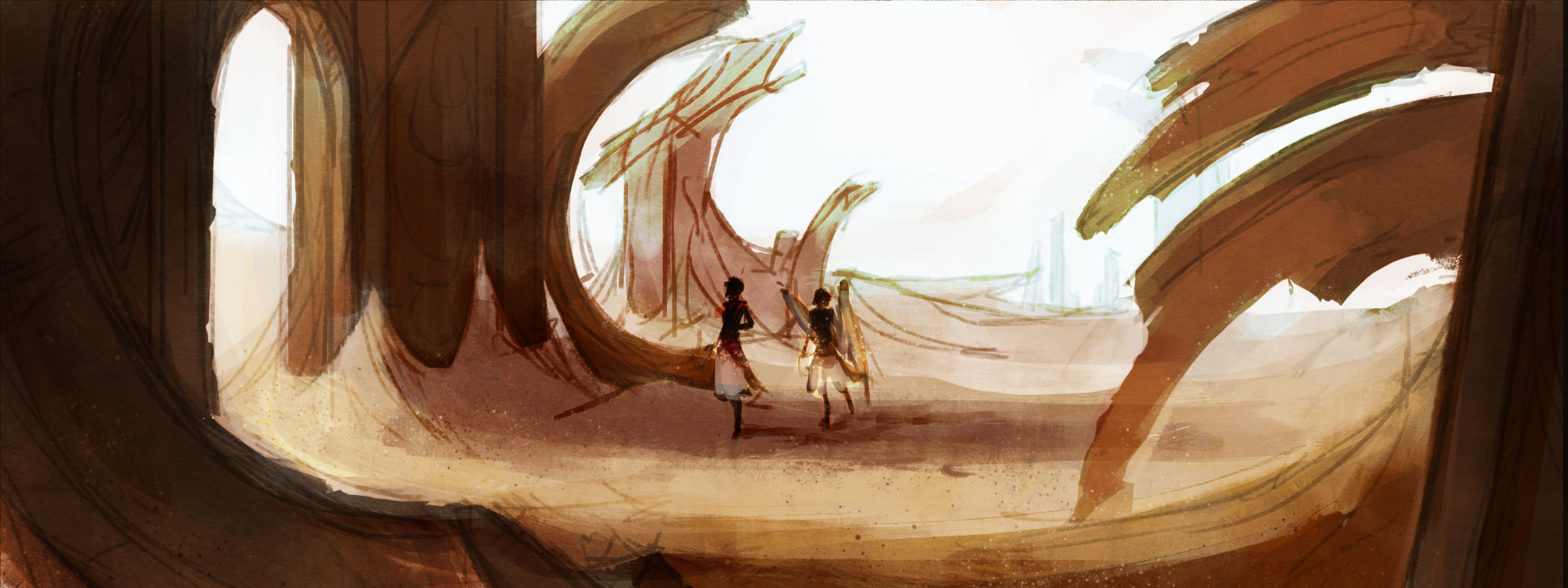
The indigenous people of the former civilization, and descendants of the guardian faction who still guard the holy ground with religious fervor, becoming the only part of the ancient culture that survived.

